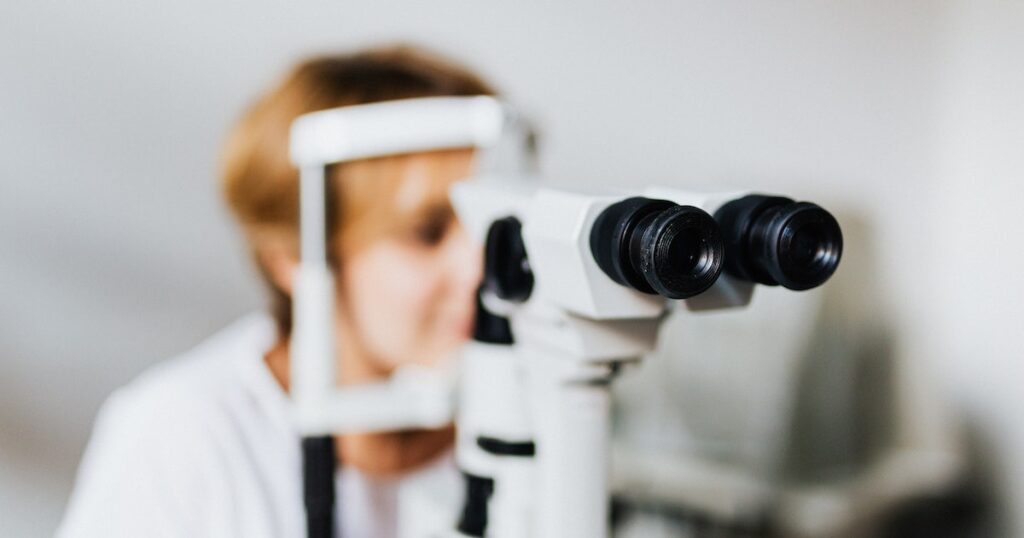Learn the Pros and Cons of Lasik Eye Surgery

Eye disease, aging, and physical trauma can all modify your prescription at any time by causing changes in the eye lens, scarring the corneal surface, and causing changes in eyeball length. Presbyopia, a gradual weakening of the eye muscles that results in a less elastic eye lens, is common in people in their 50s.
All of these disorders may necessitate the use of corrective lenses for refractive problems. The fact that you have had laser eye surgery does not guarantee that you will be protected against future eye changes or the need to wear glasses or contacts.
Complications May Queer the Pitch
Corneal distortion is the most serious problem that could threaten normal eyesight. The microkeratome blade may cut the epithelial layer incorrectly, resulting in an unhealed flap.
The excimer laser has the potential to alter the surface of the cornea, impairing eyesight temporarily or permanently. In such cases, glasses and contact lenses may not correct the underlying problem as effectively as they would have before Lasik surgery.
An infection can destroy the eye to the point where the corneal surface scars, needing a longer time to heal and extra corrective surgery. Corneal transplantation may be required to keep vision from declining.
Keratoconus (or corneal ectasia) is a condition in which the cornea loses its definitive shape, moving from a dome to a more conical form, resulting in a variety of visual issues. When traditional (rather than more modern) laser surgery was undertaken, such problems were more likely.
Side Effects that Refuse to Go Away
A temporary increase in the eye’s sensitivity to light, glare, exploding lights, halos, and shadows around objects, or double vision often trouble Lasik patients in the short term, but some of these side effects may linger on seriously, affecting one’s ability to work. If Lasik is performed only in one eye, it may distort the vision causing eye strain.
This happens when the other eye tries to assess depth and distance as it struggles to cope with the refractive corrections. For at least a year following the Lasik procedure, some form of eyewear must be worn as a shield to prevent physical injury to the cornea. This may seriously inconvenience sports persons and those who are engaged in military duties.

